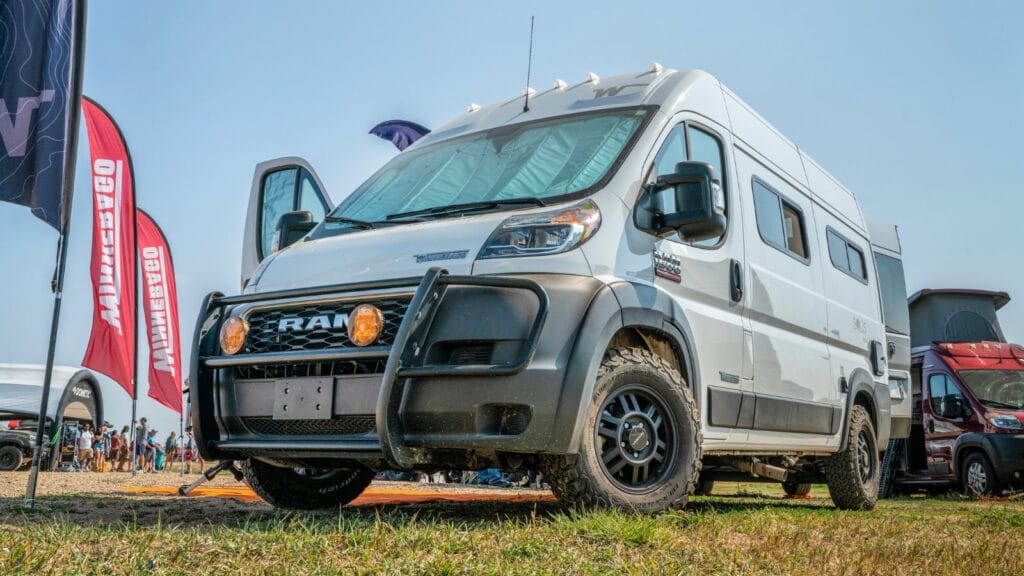In an age dominated by turbocharged hybrids and electric drivetrains, it is easy to forget that some engines have quietly continued to power the world for generations. While most powerplants come and go with every new emissions law or redesign, one humble diesel has endured for nearly seven decades, still operating much as it did when it first appeared. It is not exotic or fast, but it is one of the most dependable machines ever built.
The Engine That Refuses to Die
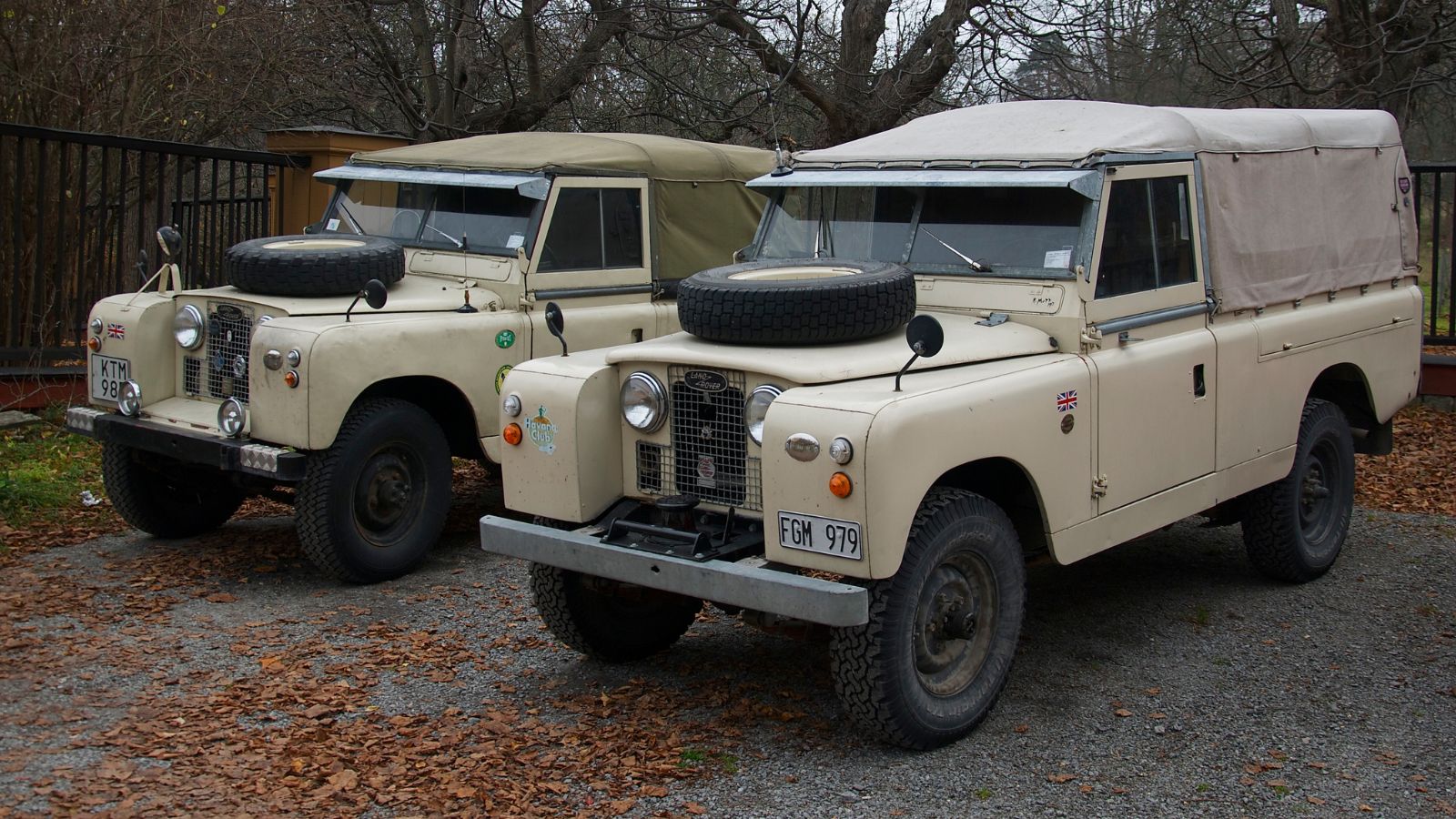
, via Wikimedia Commons, CC BY-SA 3.0
The title of the world’s oldest continuously produced diesel engine belongs to the Lister Petter CS (Cold Start) series, originally developed in the United Kingdom in the late 1950s. Introduced in 1959, the Lister CS became famous for one reason above all others: it simply never quits. Its design was as straightforward as it was brilliant. With a heavy cast iron block, enormous flywheel, and only the most essential moving parts, the CS was engineered for reliability rather than refinement.
The single cylinder engine ran at a slow, steady pace and could burn a wide range of fuels, including diesel, kerosene, or vegetable oil. It could be hand cranked to life, ran smoothly for hours, and consumed remarkably little fuel. Farmers, mill operators, and small industries across the developing world used it to power pumps, sawmills, and generators. Many units built in the 1950s and 1960s are still in service today, a testament to the quality of the original design.
Built for a World Without Infrastructure
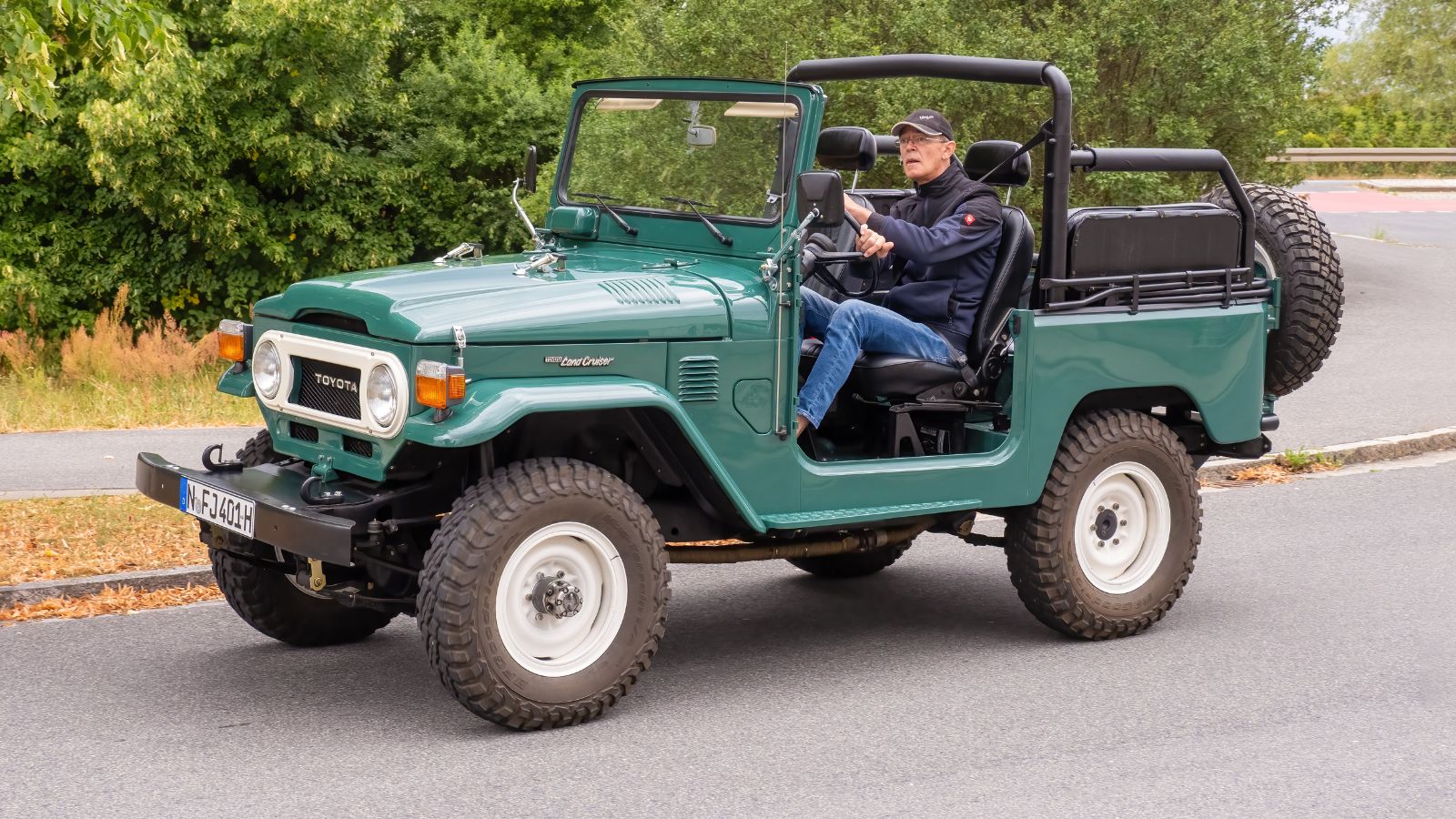
When the Lister CS was conceived, much of the world was still rural and lacked reliable access to electricity or fuel distribution. The CS filled that gap perfectly. It could be maintained with hand tools and repaired in the field. Its low speed operation at roughly 650 revolutions per minute meant minimal wear, while the massive flywheel stored kinetic energy to keep the motion smooth and constant.
That slow, rhythmic “chuff chuff” sound became iconic in villages and farms from Africa to India. The engine was simple enough that even when official parts were unavailable, local mechanics could fabricate replacements from scrap metal or machine shops. The CS was more than just a machine; in many parts of the world it became a community lifeline. It powered flour mills, water pumps, and lighting systems in remote regions that had never seen a power line.
The Engine That Outlived Its Company
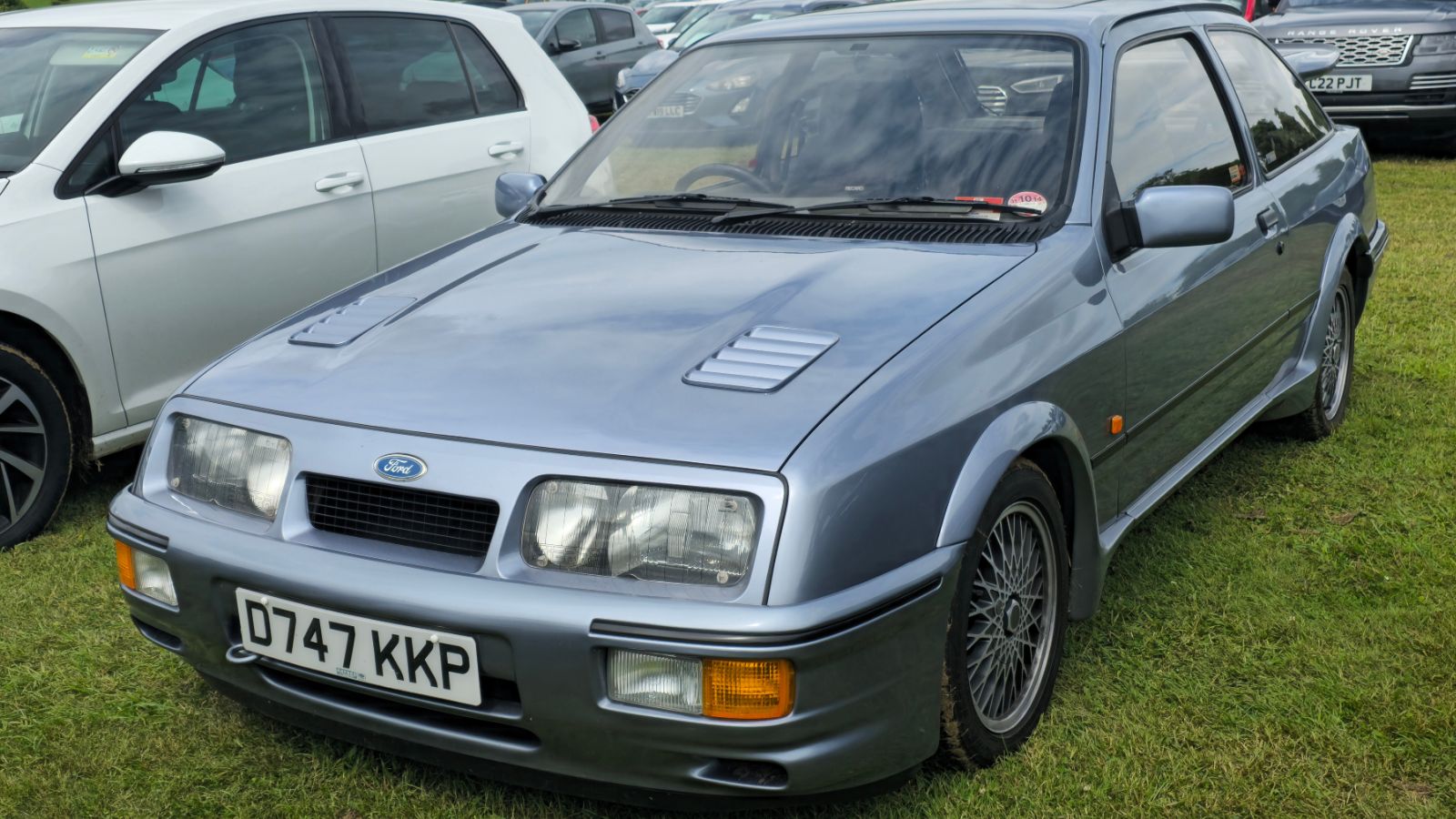
Lister began producing engines in Gloucestershire, England, in the late 19th century, eventually becoming one of Britain’s most respected industrial names. The Lister CS cemented that legacy. Decades later, Lister merged with another historic British manufacturer, Petter, to form Lister Petter in 1986. While the combined company introduced newer models, the original CS design continued to find buyers across the globe.
When environmental laws in Europe tightened and large scale production in the United Kingdom ended, the design refused to die. Companies in India, such as Anand Enterprise and Metro, began producing licensed or “Listeroid” copies for export. These engines were built to the same basic design, often with only minor updates, and they remain widely used today. In many rural areas, these descendants of the original Lister still provide steady power for agriculture and small scale manufacturing.
Why It Still Matters Today

In an era of computer controlled engines, the Lister CS stands out for its total simplicity. It has no electronics, no sensors, and no need for diagnostic software. As long as it has clean oil and fuel, it will run indefinitely. It is almost impossible to kill through neglect, and it can survive extreme temperatures, dirty environments, and constant operation.
This rugged reliability has given it a second life among modern enthusiasts. Off grid homeowners, farmers, and sustainable energy advocates use the CS to power generators and water pumps. Many even run them on biodiesel or recycled cooking oil, giving them a green twist their original designers could never have imagined. In a world obsessed with convenience and automation, the Lister CS represents self reliance in its purest mechanical form.
The Legacy of Endurance
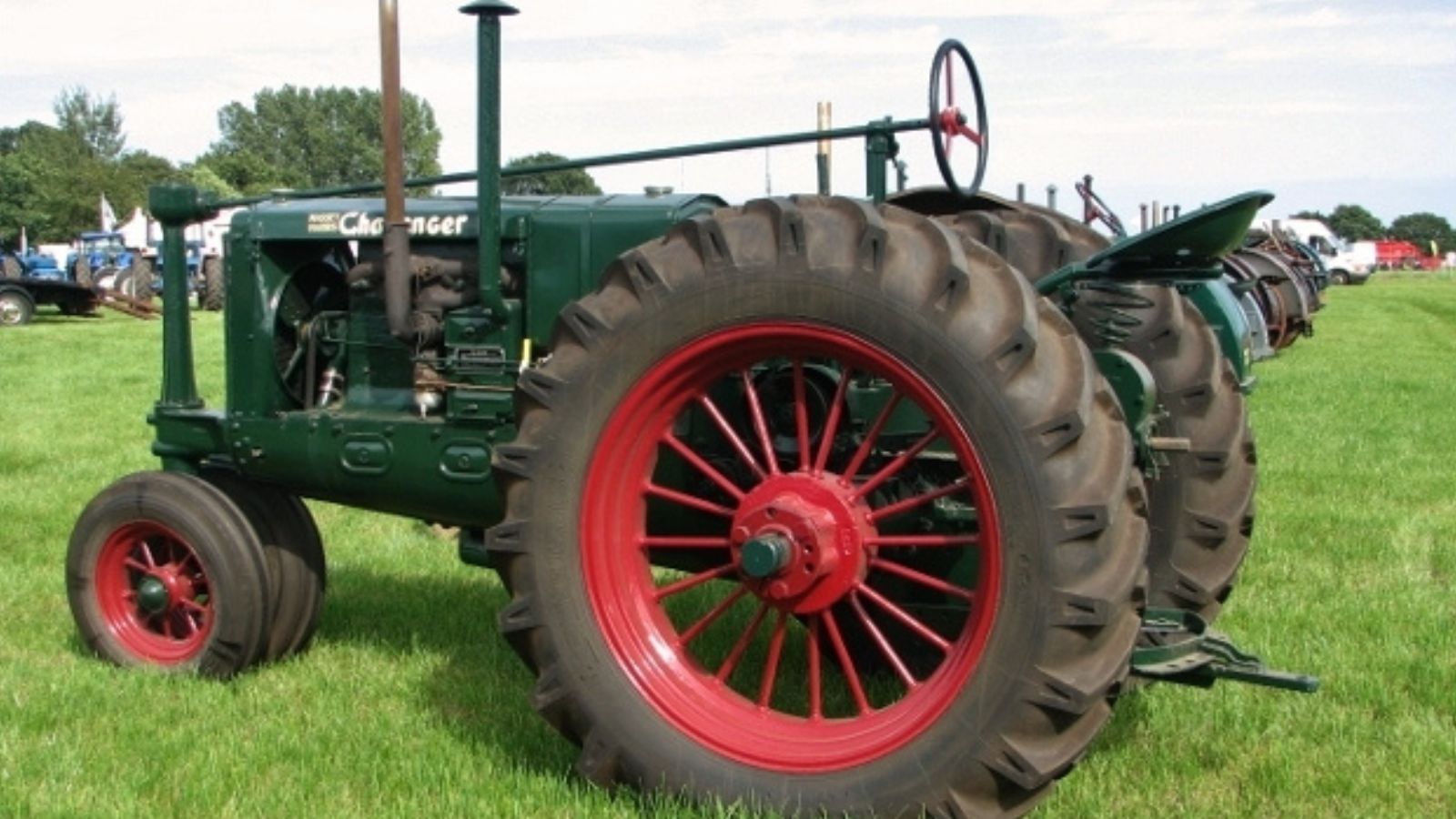
Most engines are remembered for their performance or innovation, but the Lister Petter CS is remembered for its endurance. It was built to last a lifetime, and in many cases it has lasted several. Even after the original manufacturer changed hands, the design lived on, rebuilt and refined by small workshops across continents. It is more than an engine; it is proof that good engineering never expires.
The Lister Petter CS remains one of the few machines that truly bridge the gap between past and present. While electric motors and hydrogen power capture headlines, somewhere in a quiet field or remote village, a Lister engine still ticks away, powering the world one slow stroke at a time. It may not roar like a sports car or gleam like a modern hybrid, but it embodies something far more enduring: the timeless beauty of dependable mechanical craftsmanship.
25 Facts About Car Loans That Most Drivers Don’t Realize

Car loans are one of the most common ways people fund car purchases. Like any other kind of loan, car loans can have certain features that can be regarded as an advantage or a disadvantage to the borrower. Understanding all essential facts about car loans and how they work to ensure that you get the best deal for your financial situation is essential. Here are 25 shocking facts about car loans that most drivers don’t realize:
25 Facts About Car Loans That Most Drivers Don’t Realize
